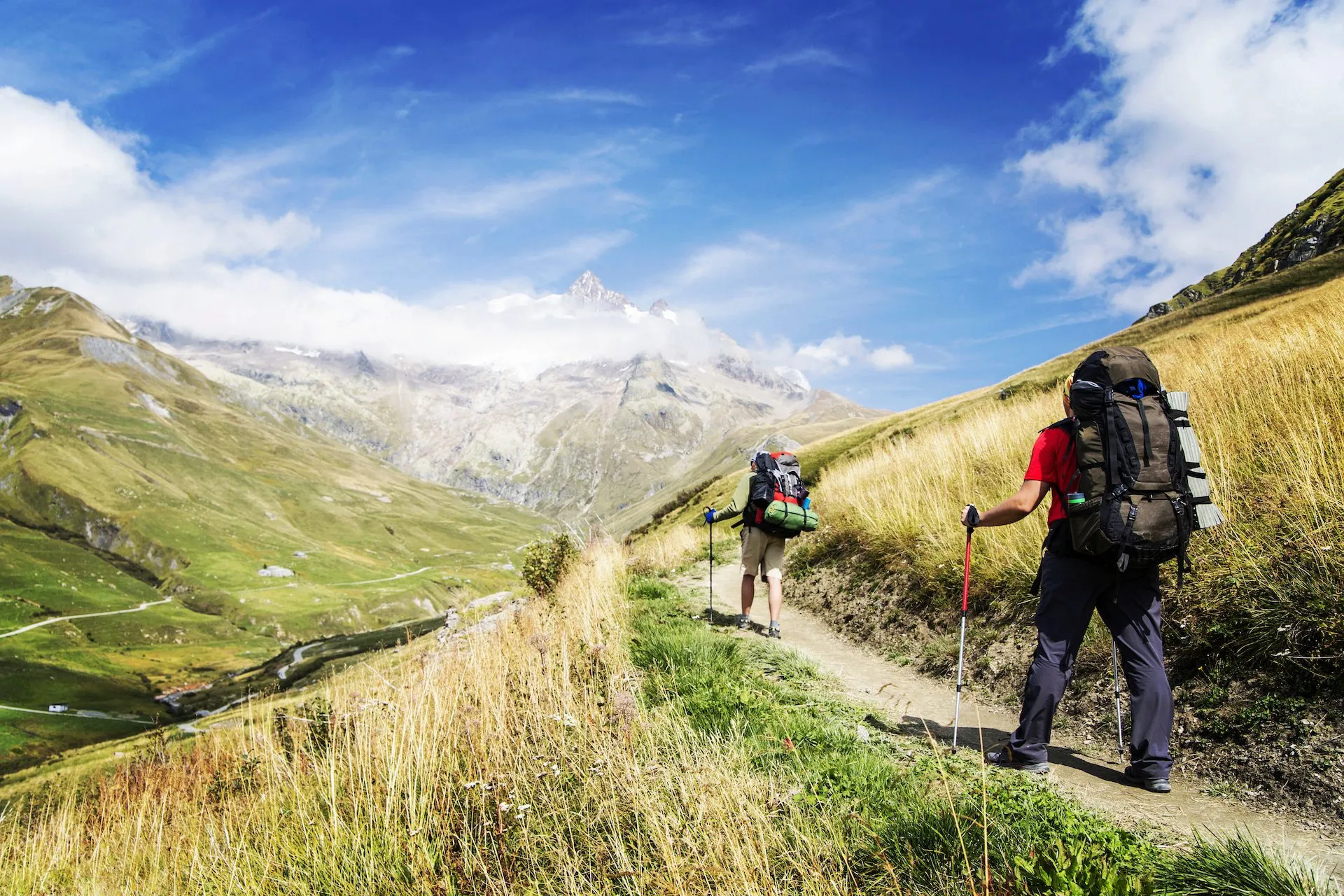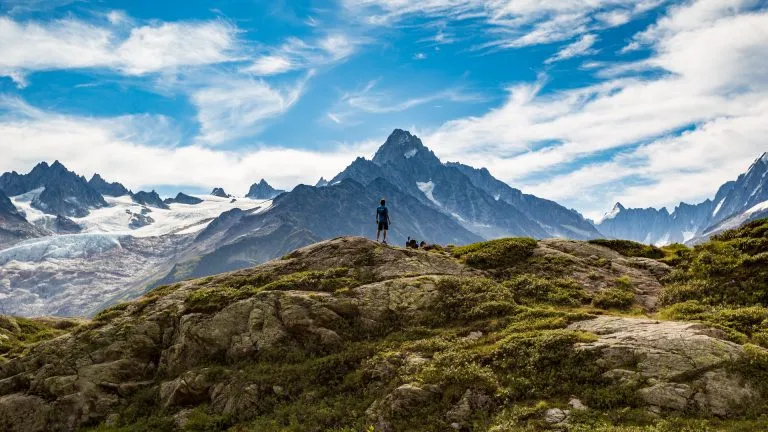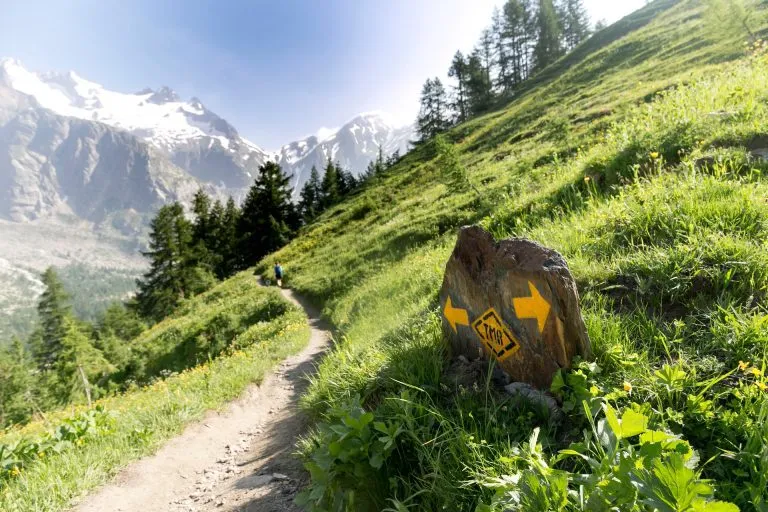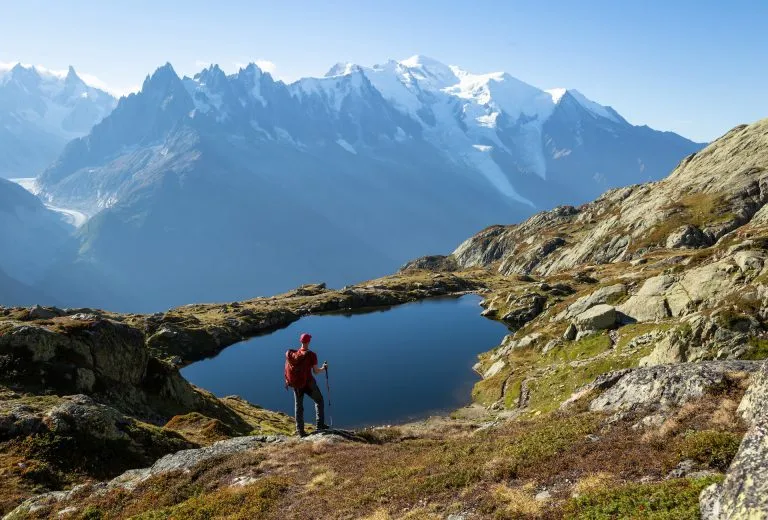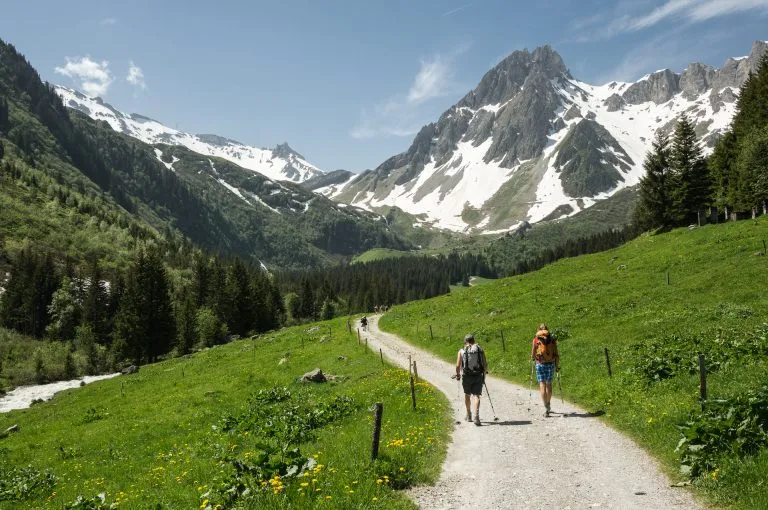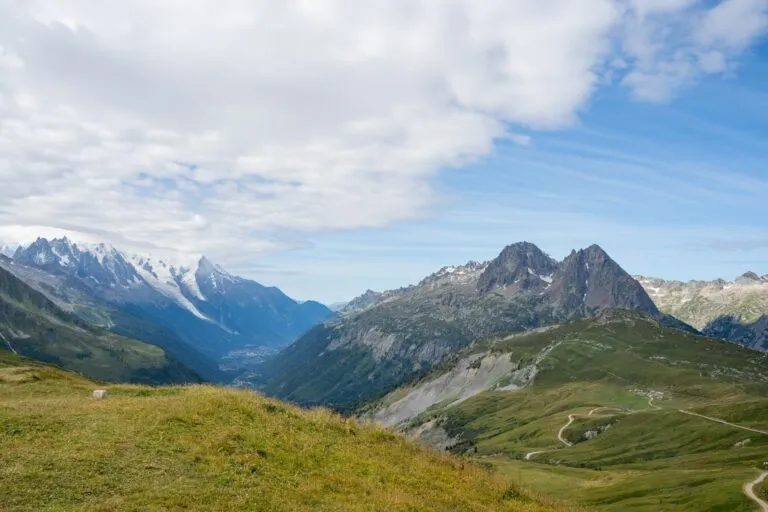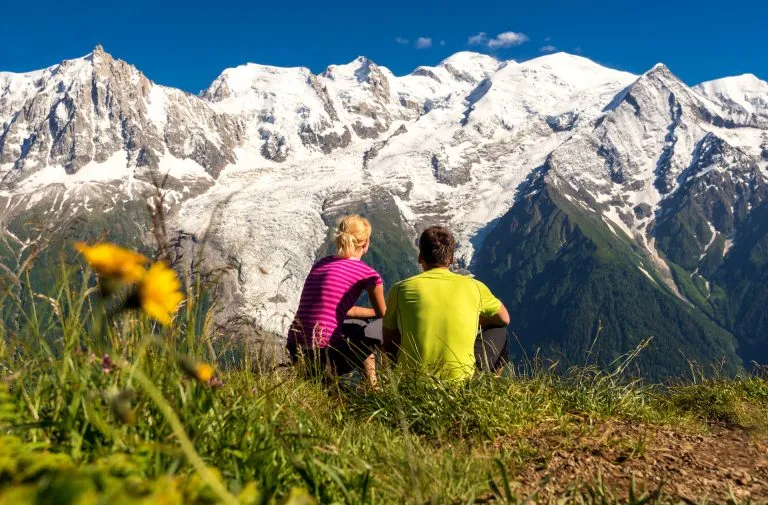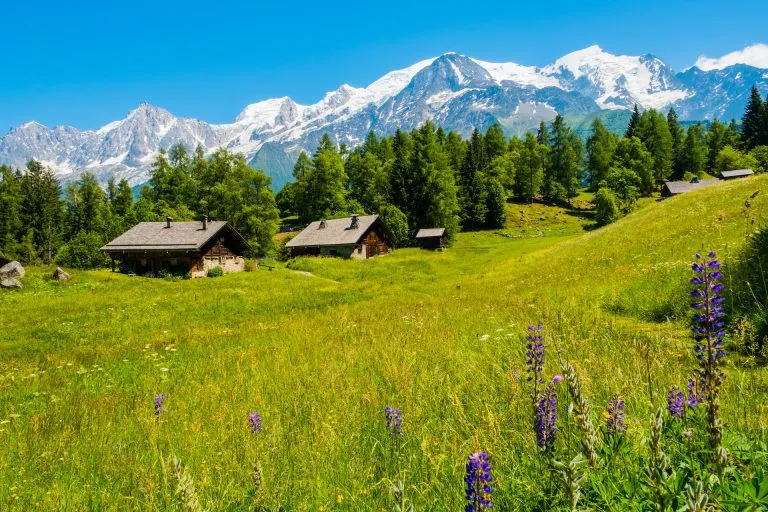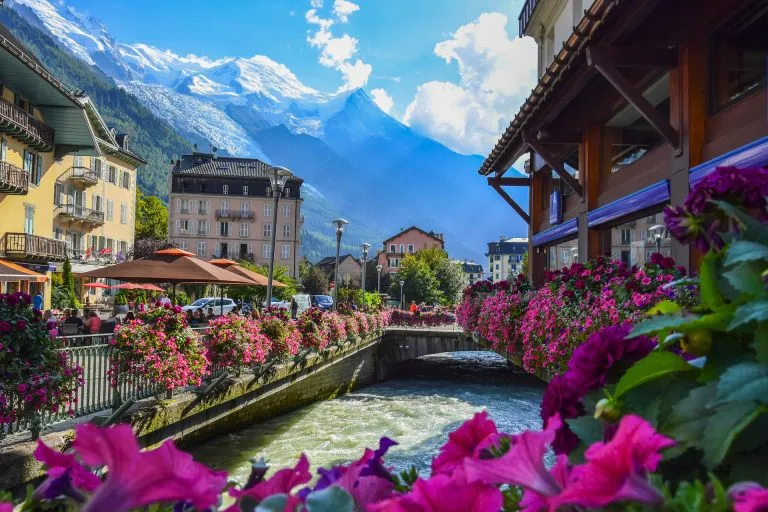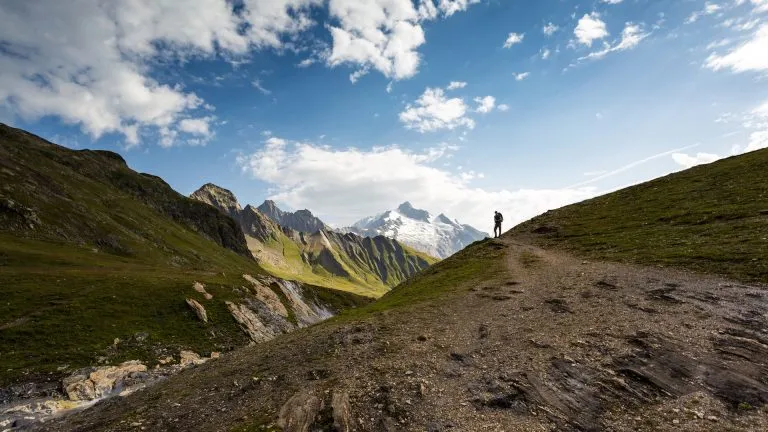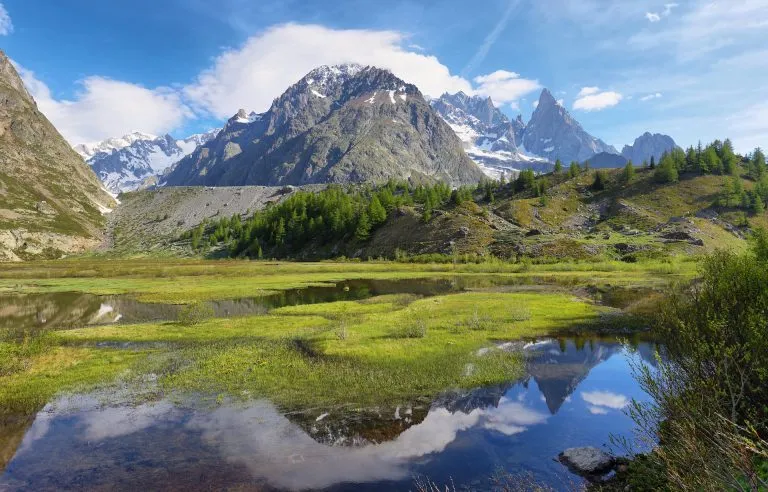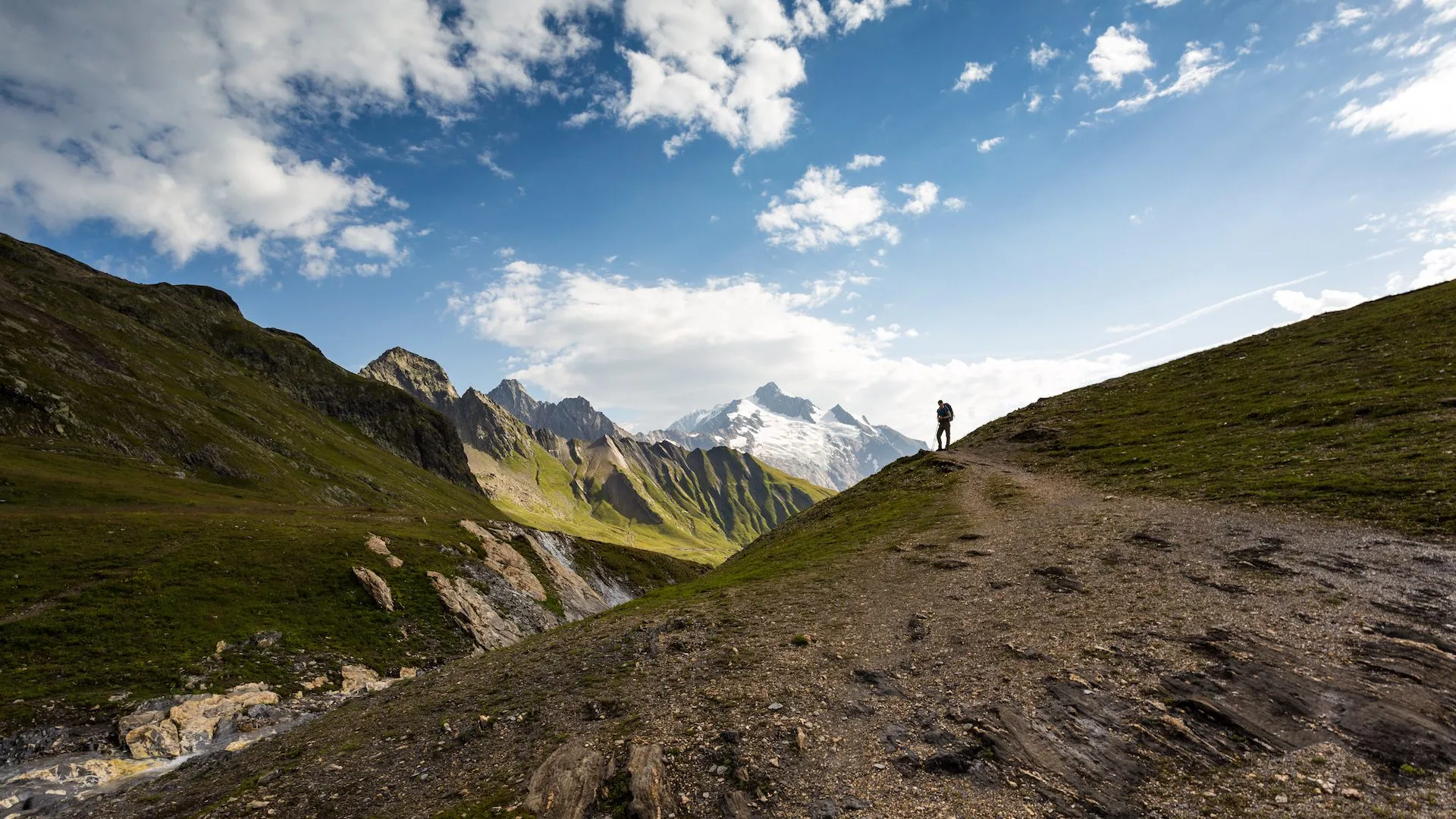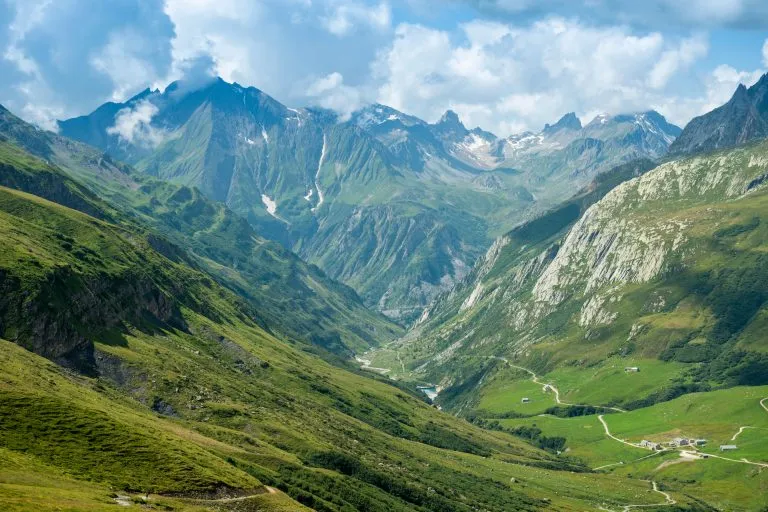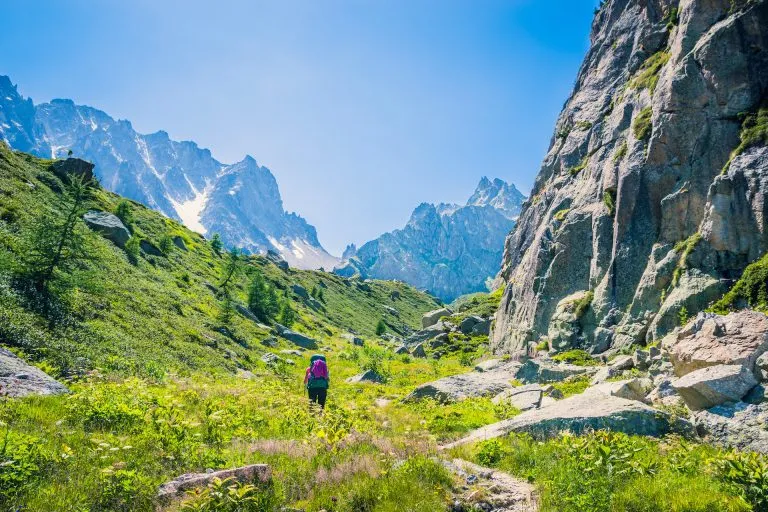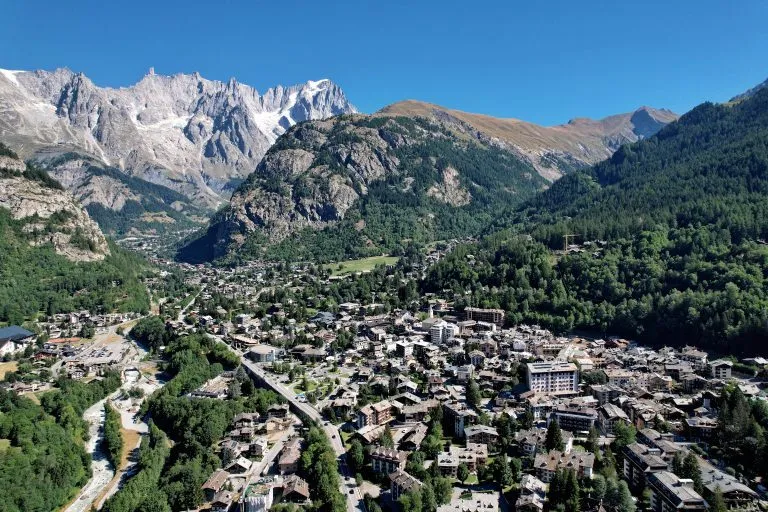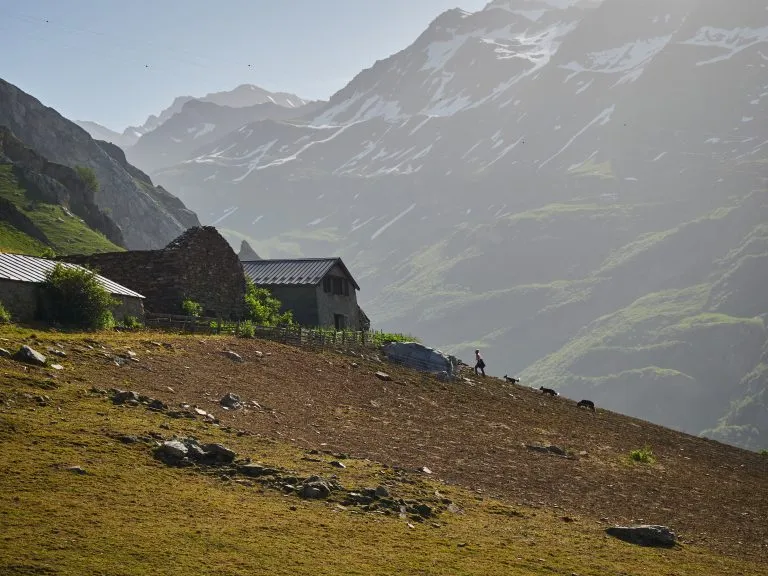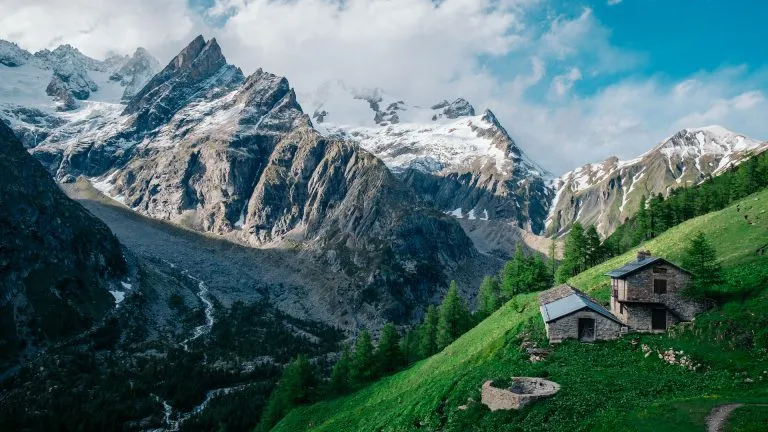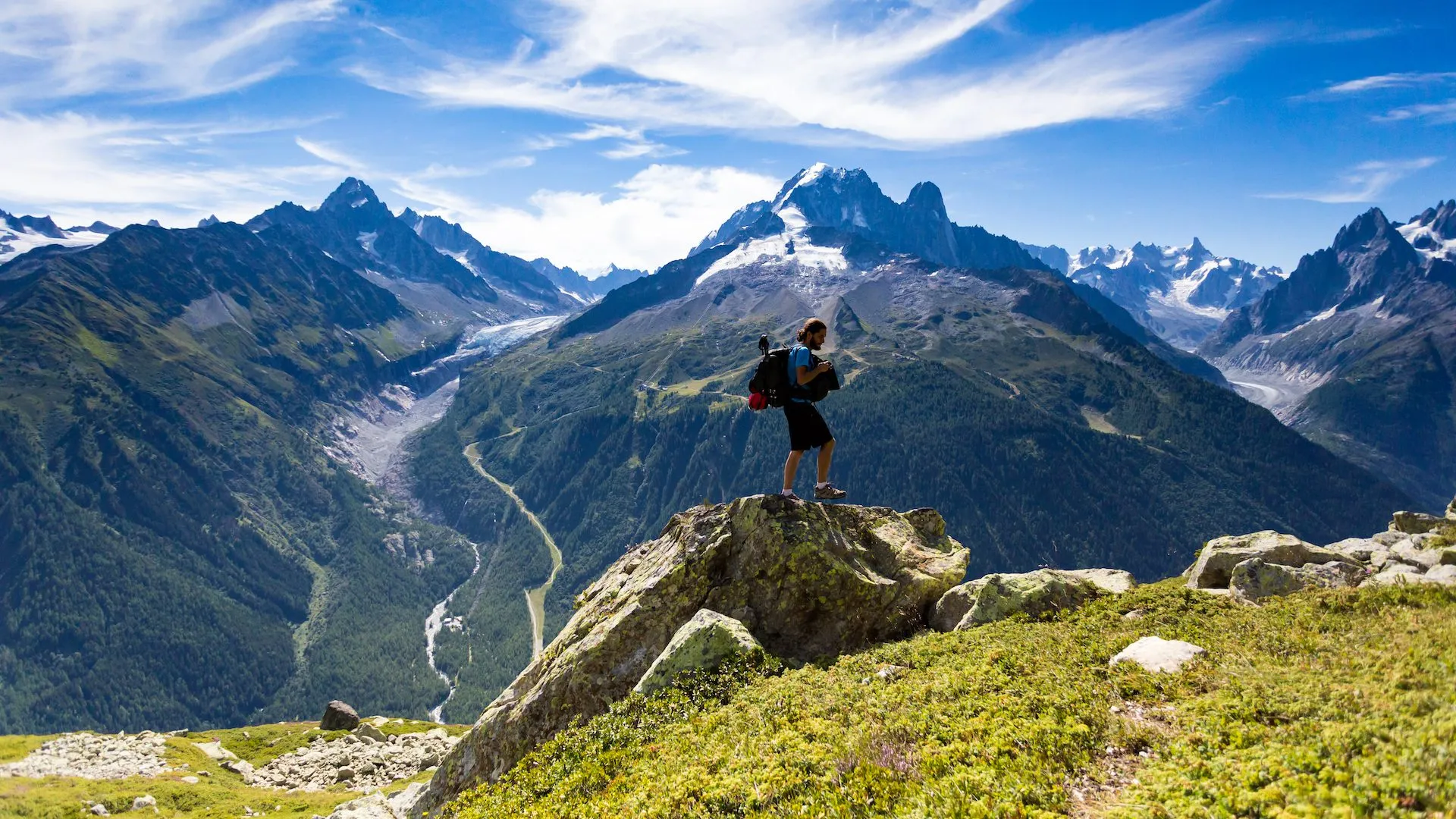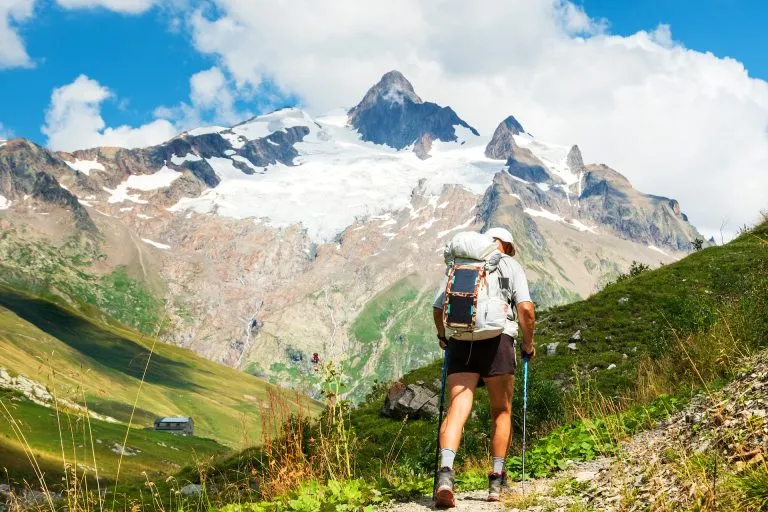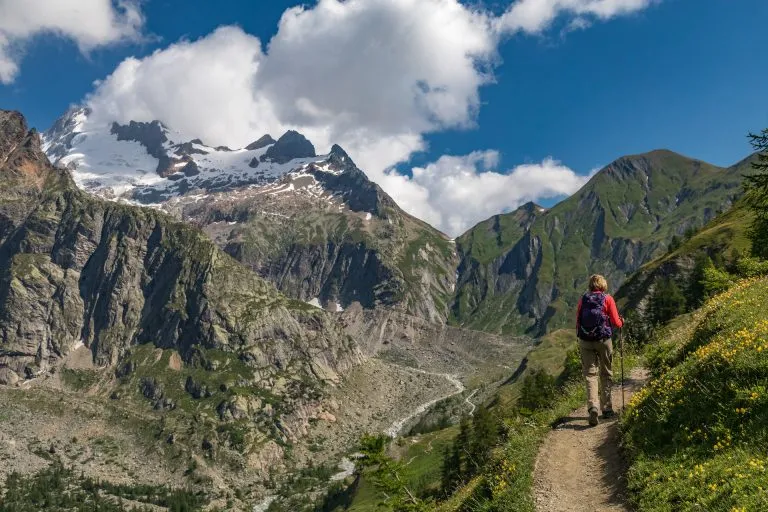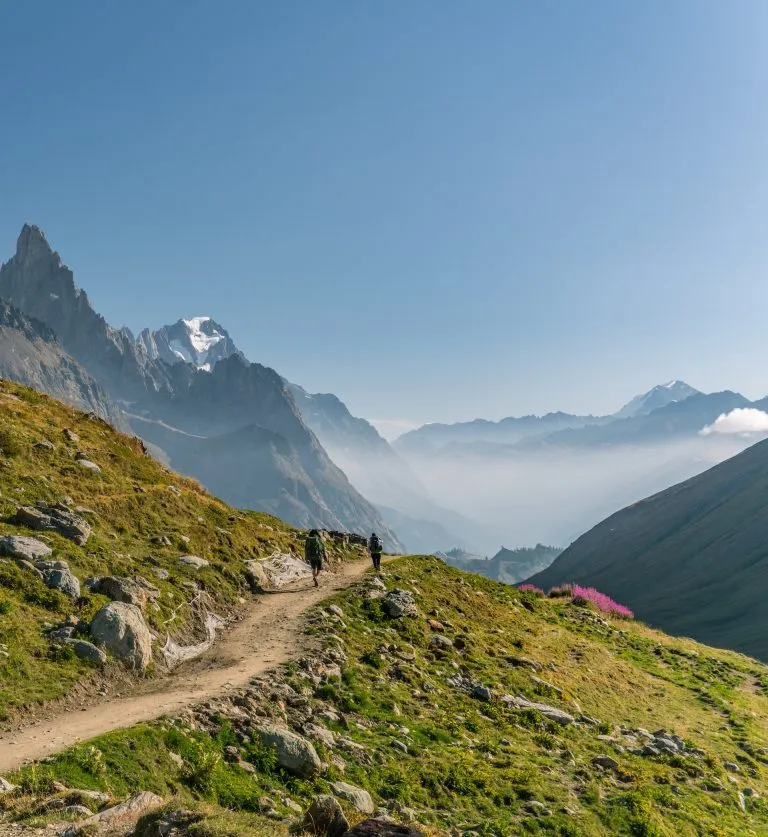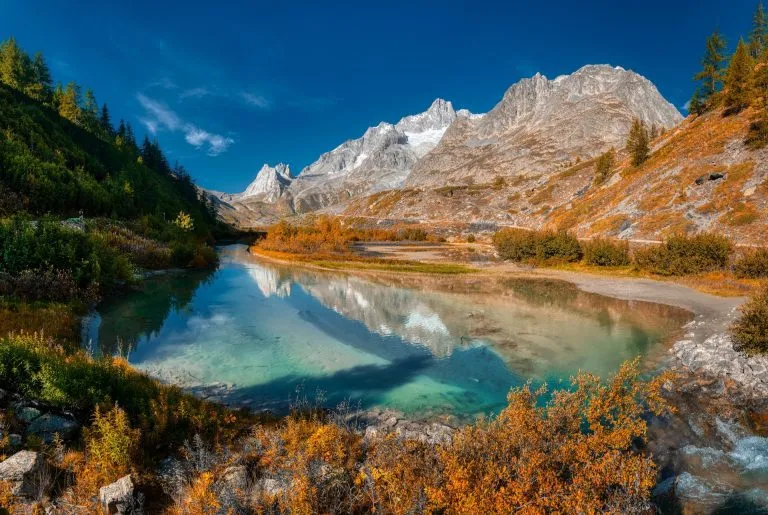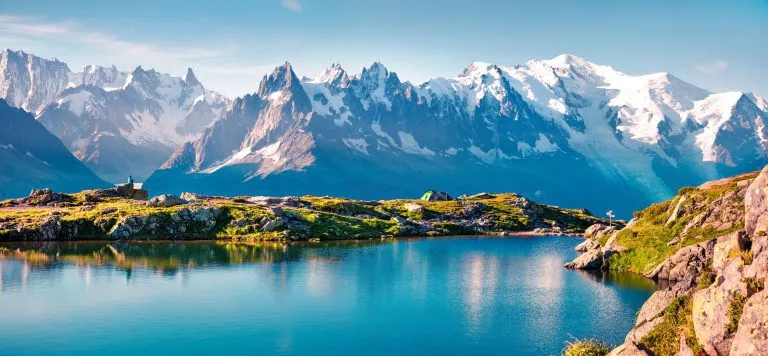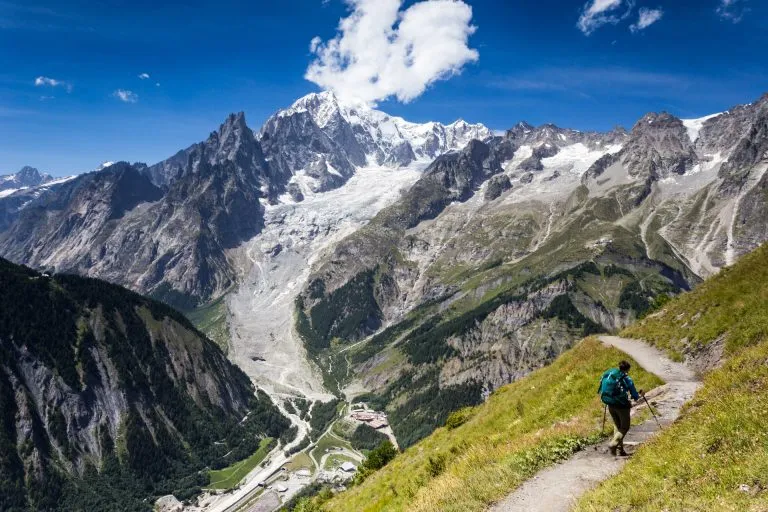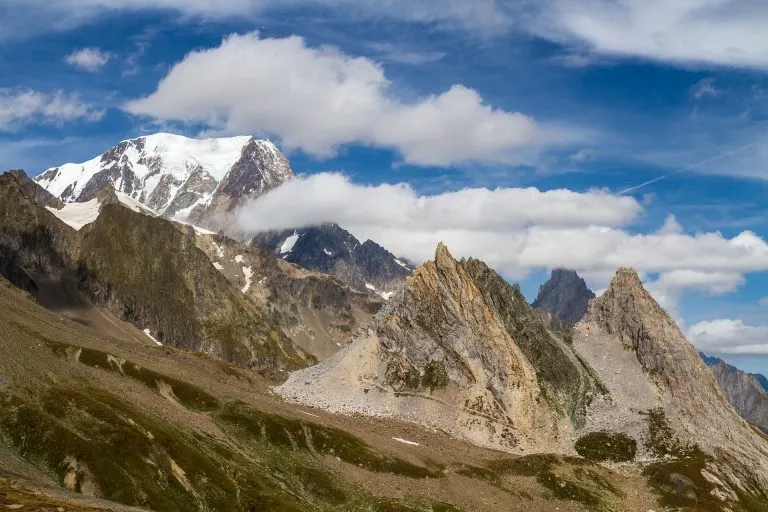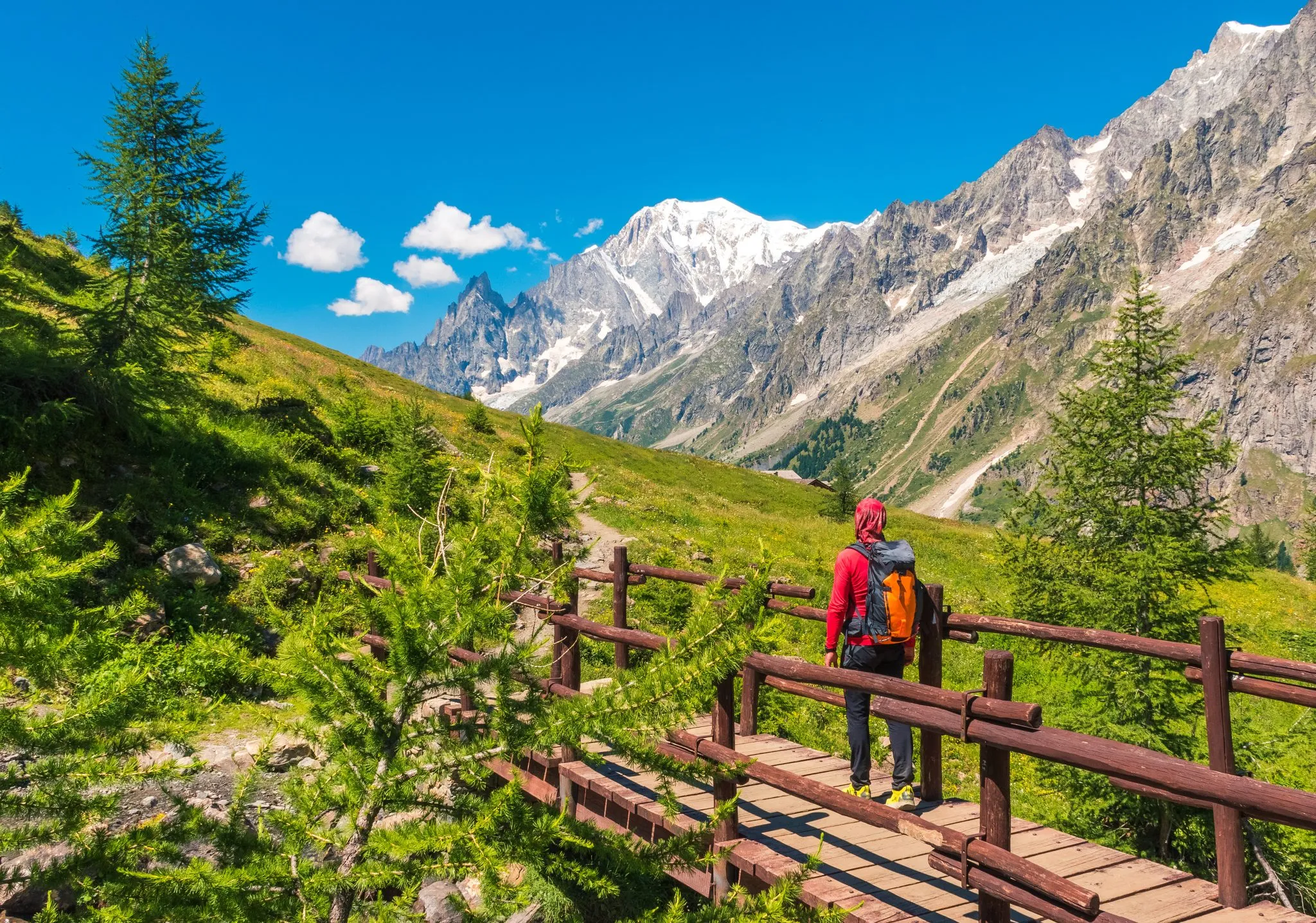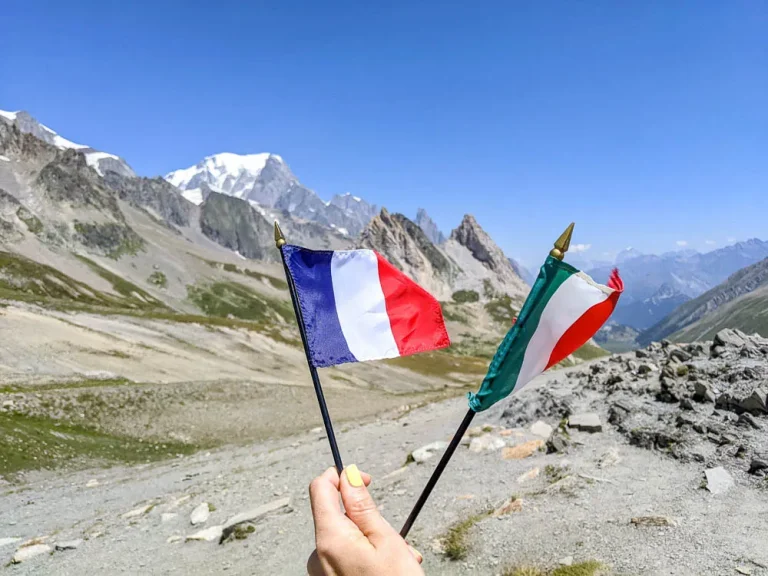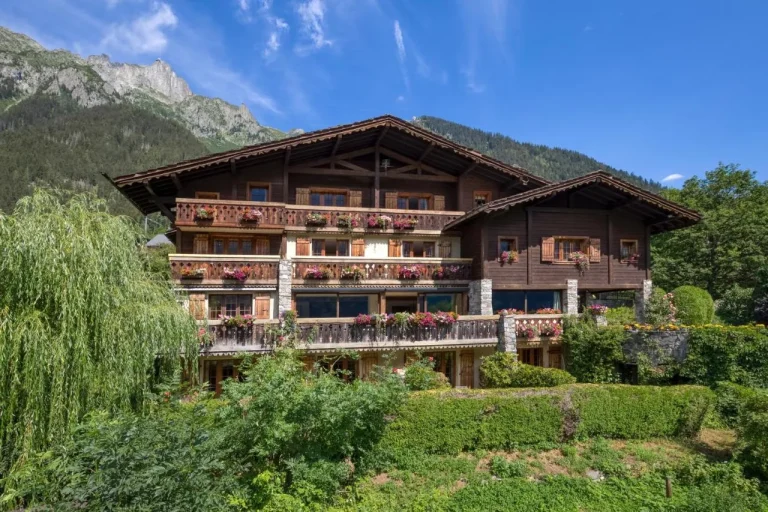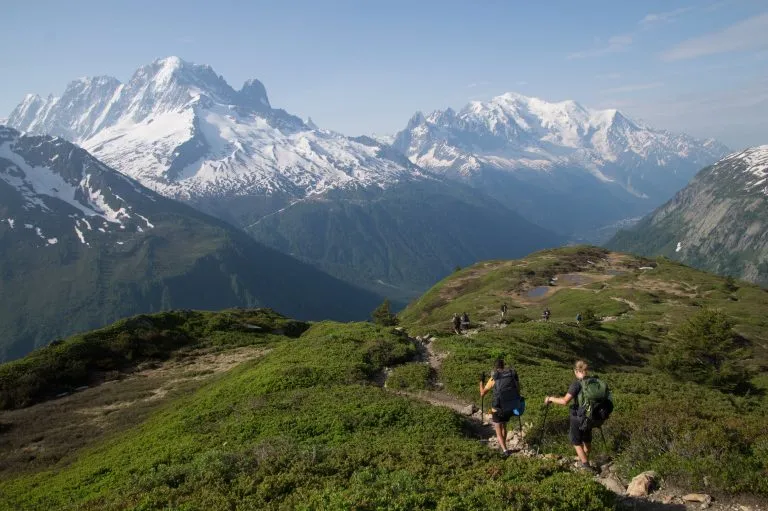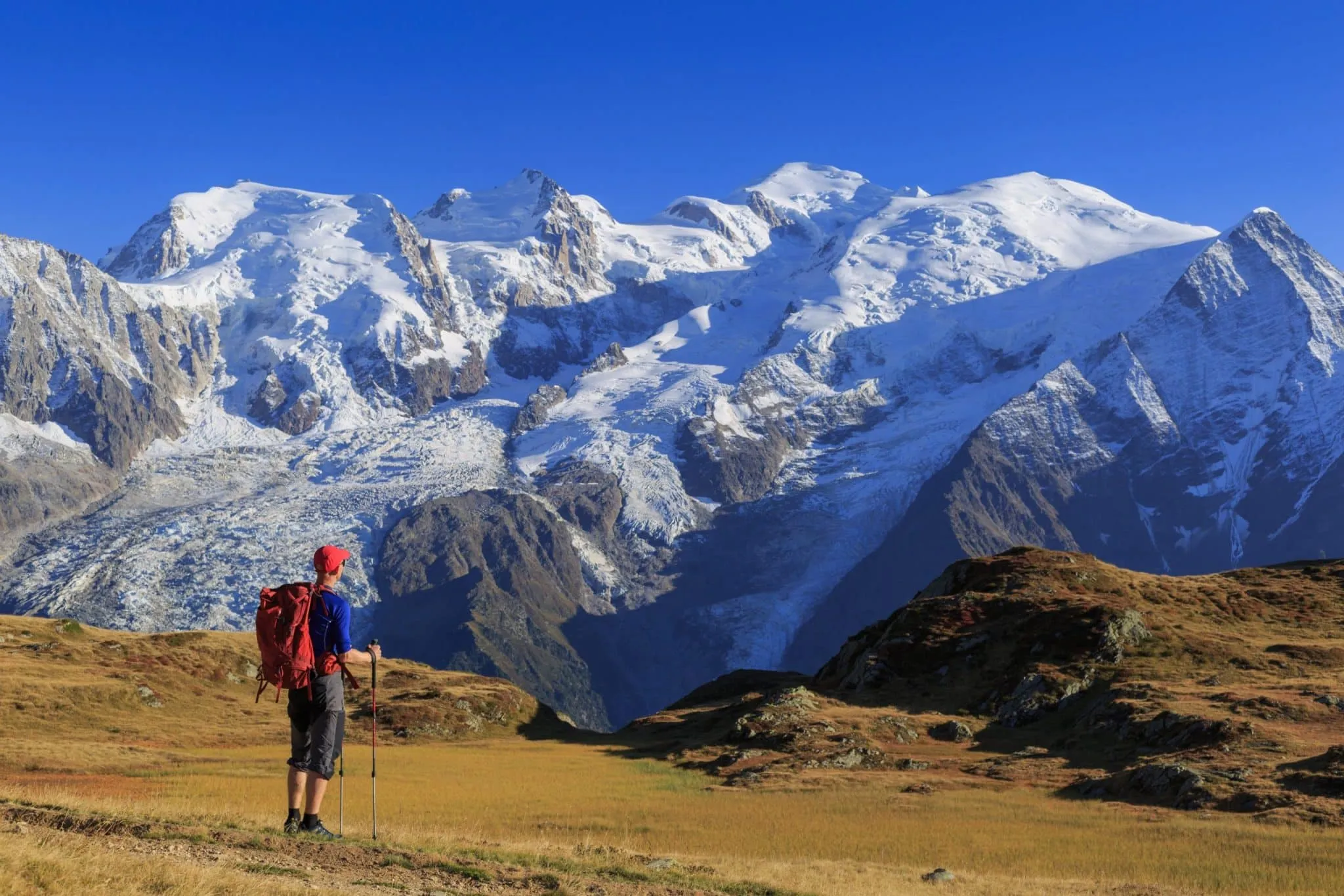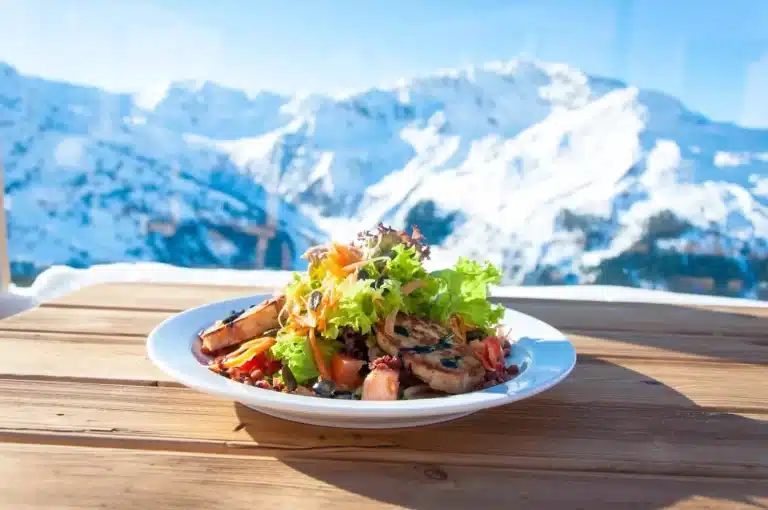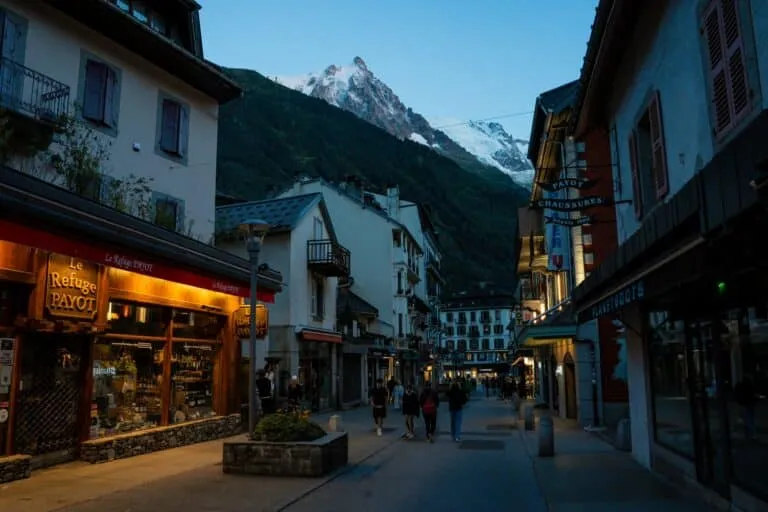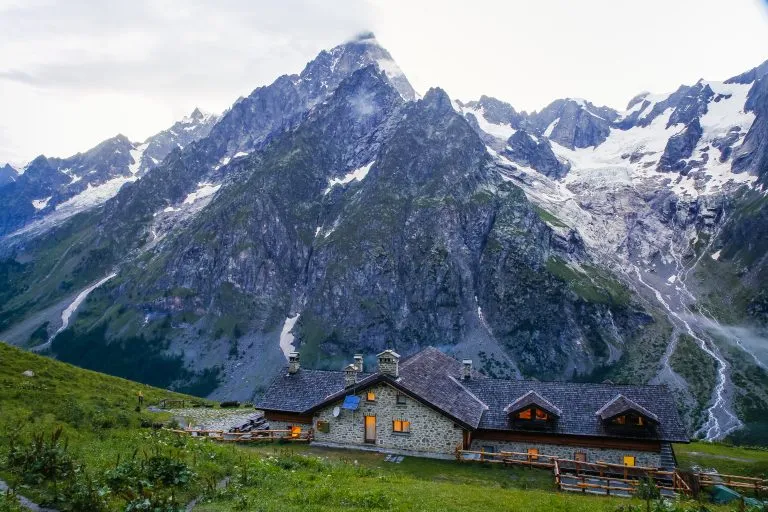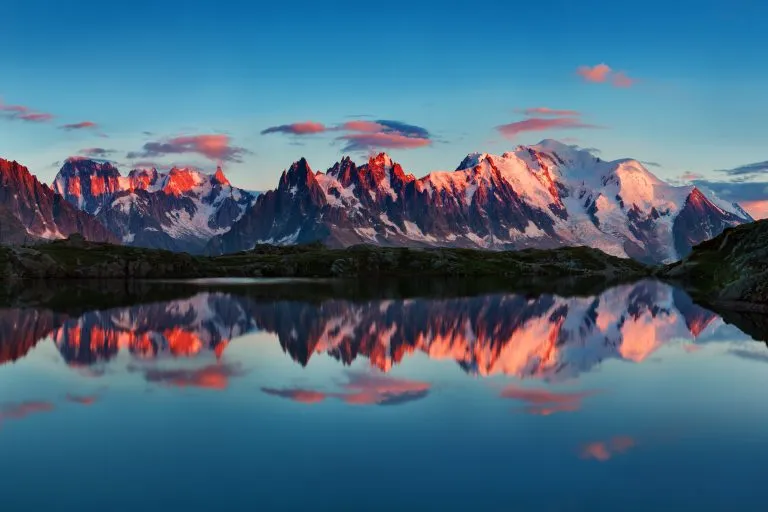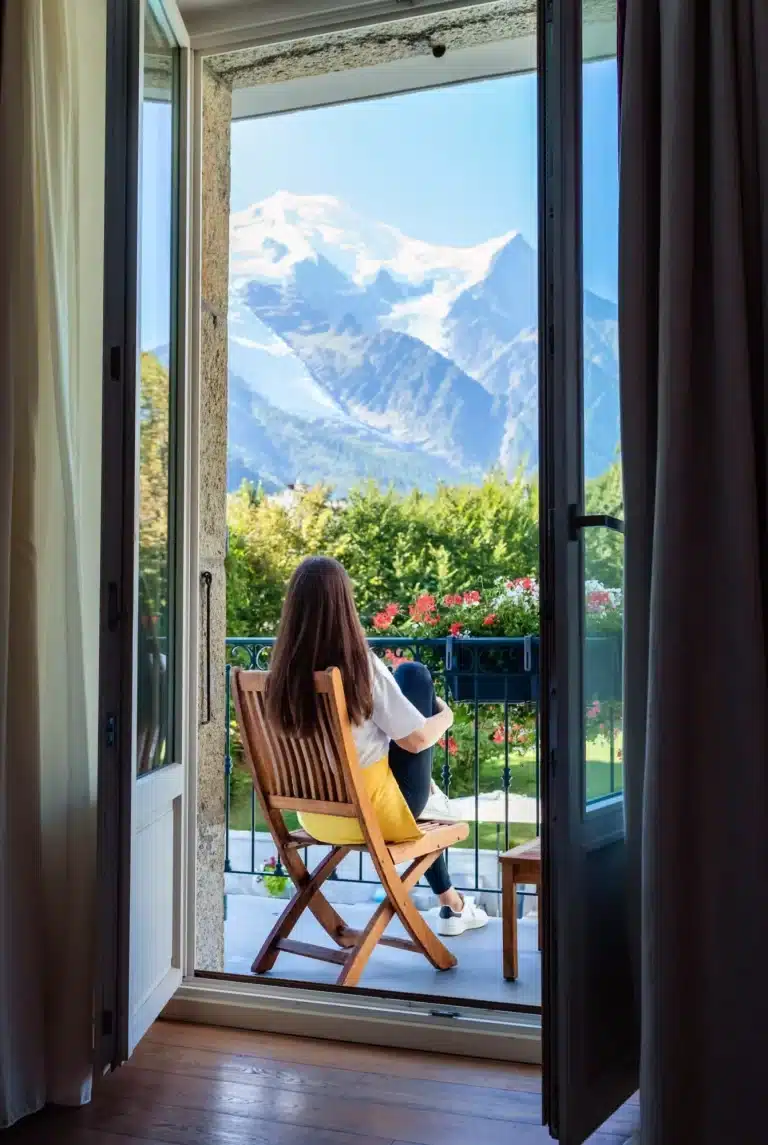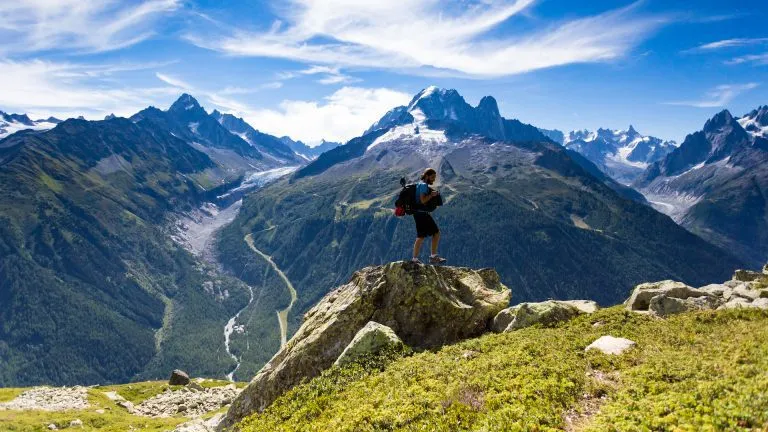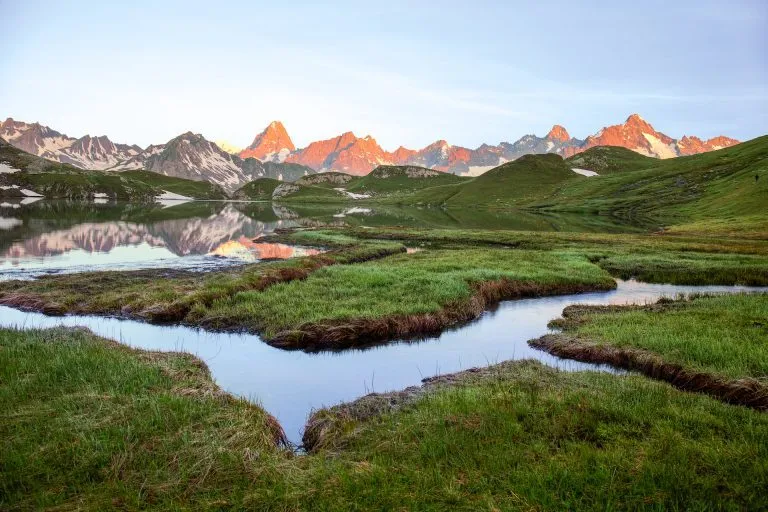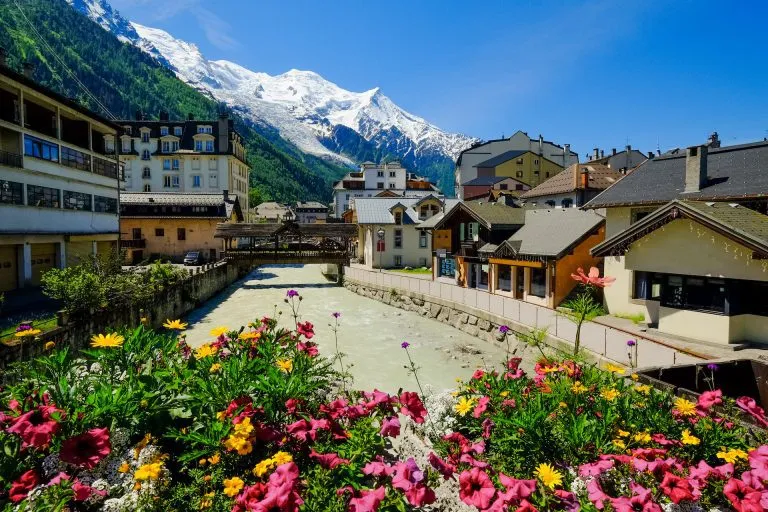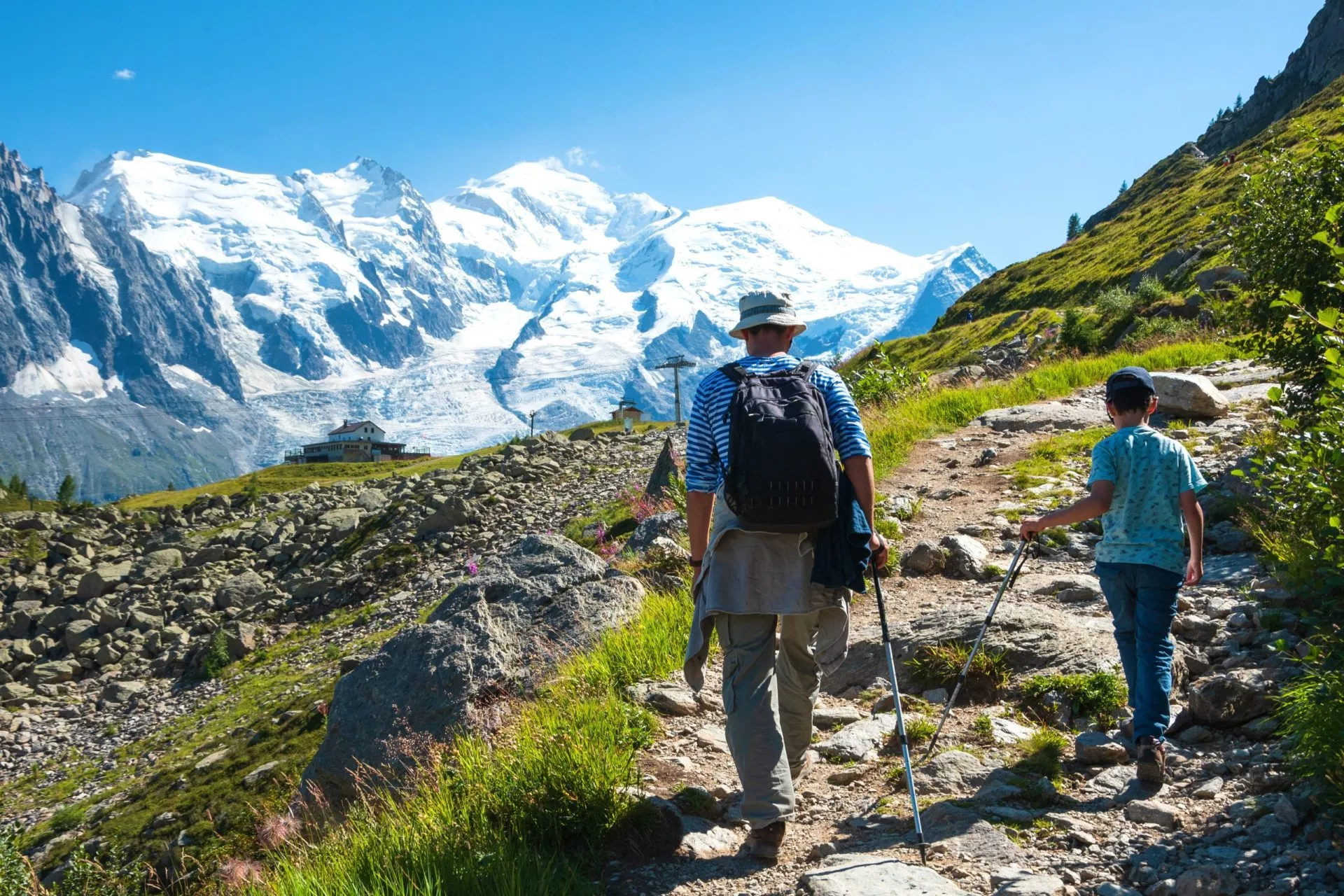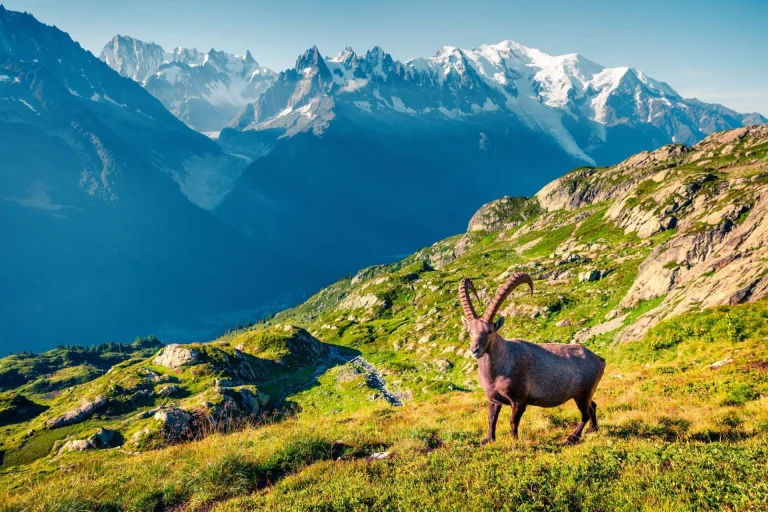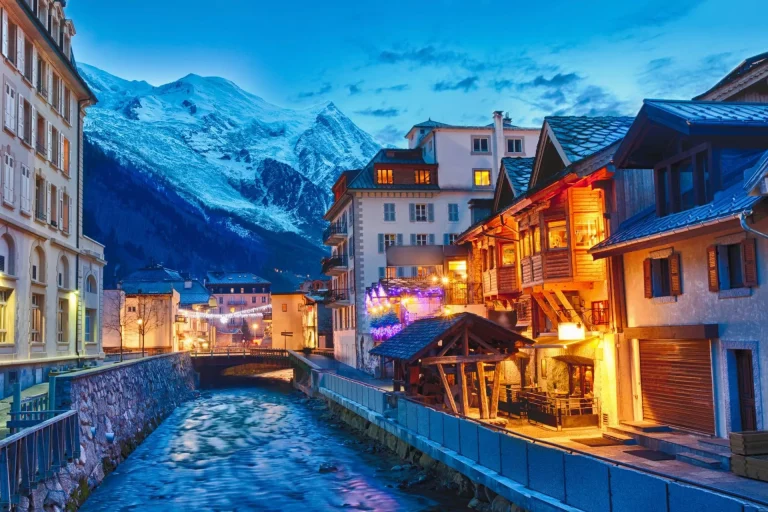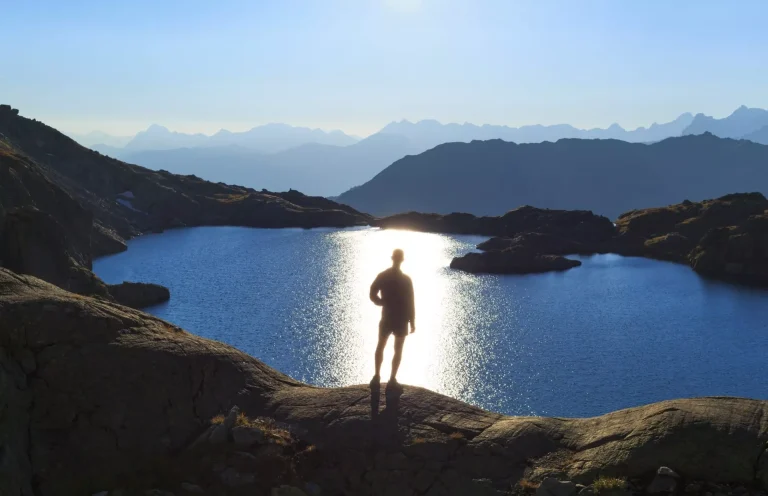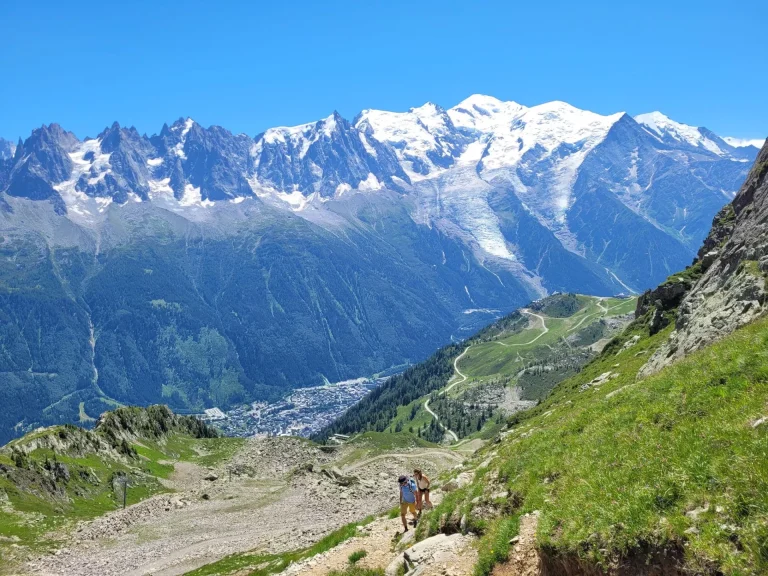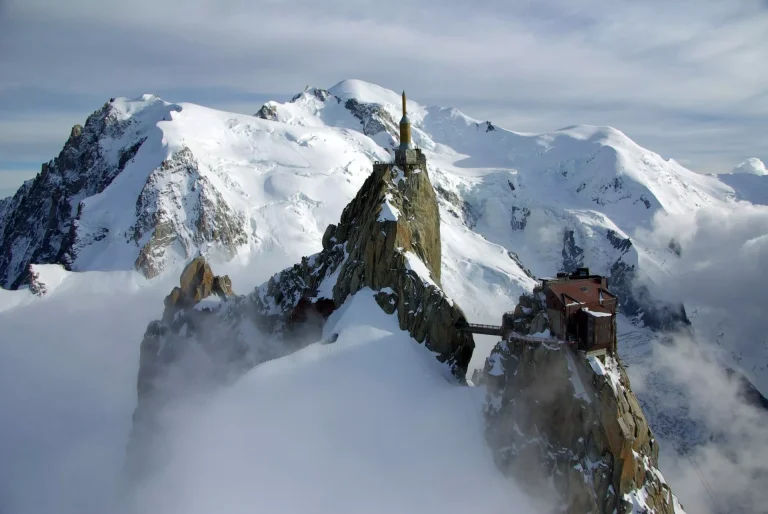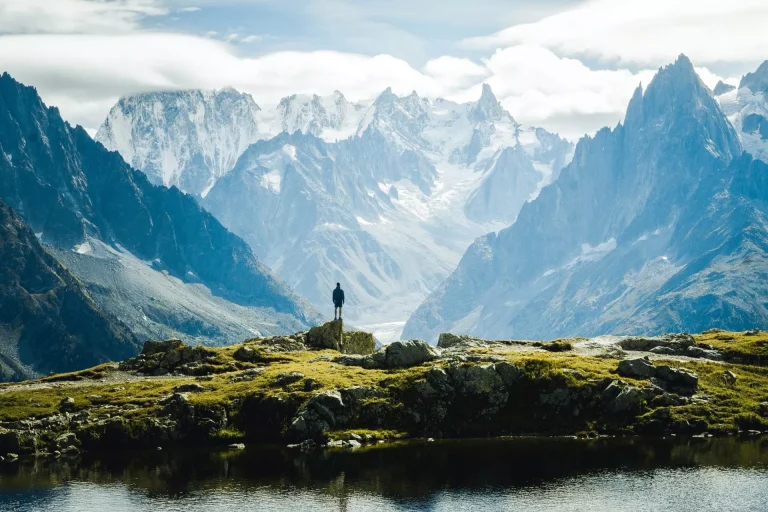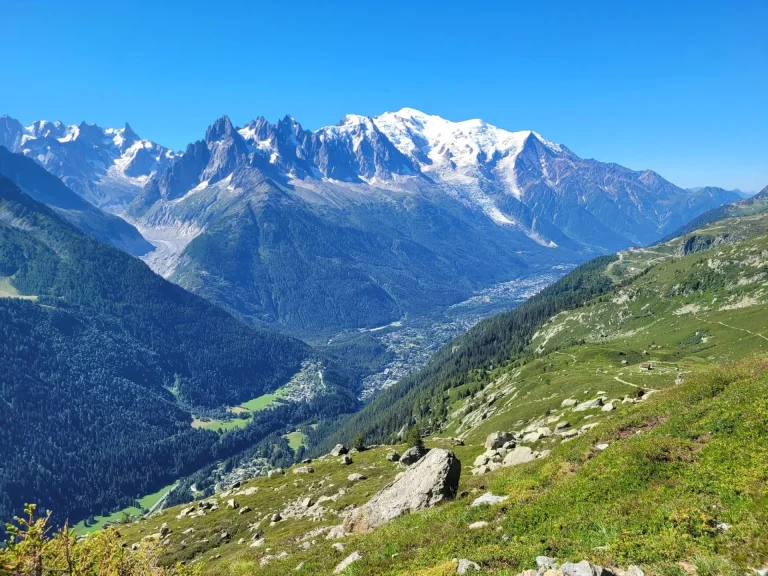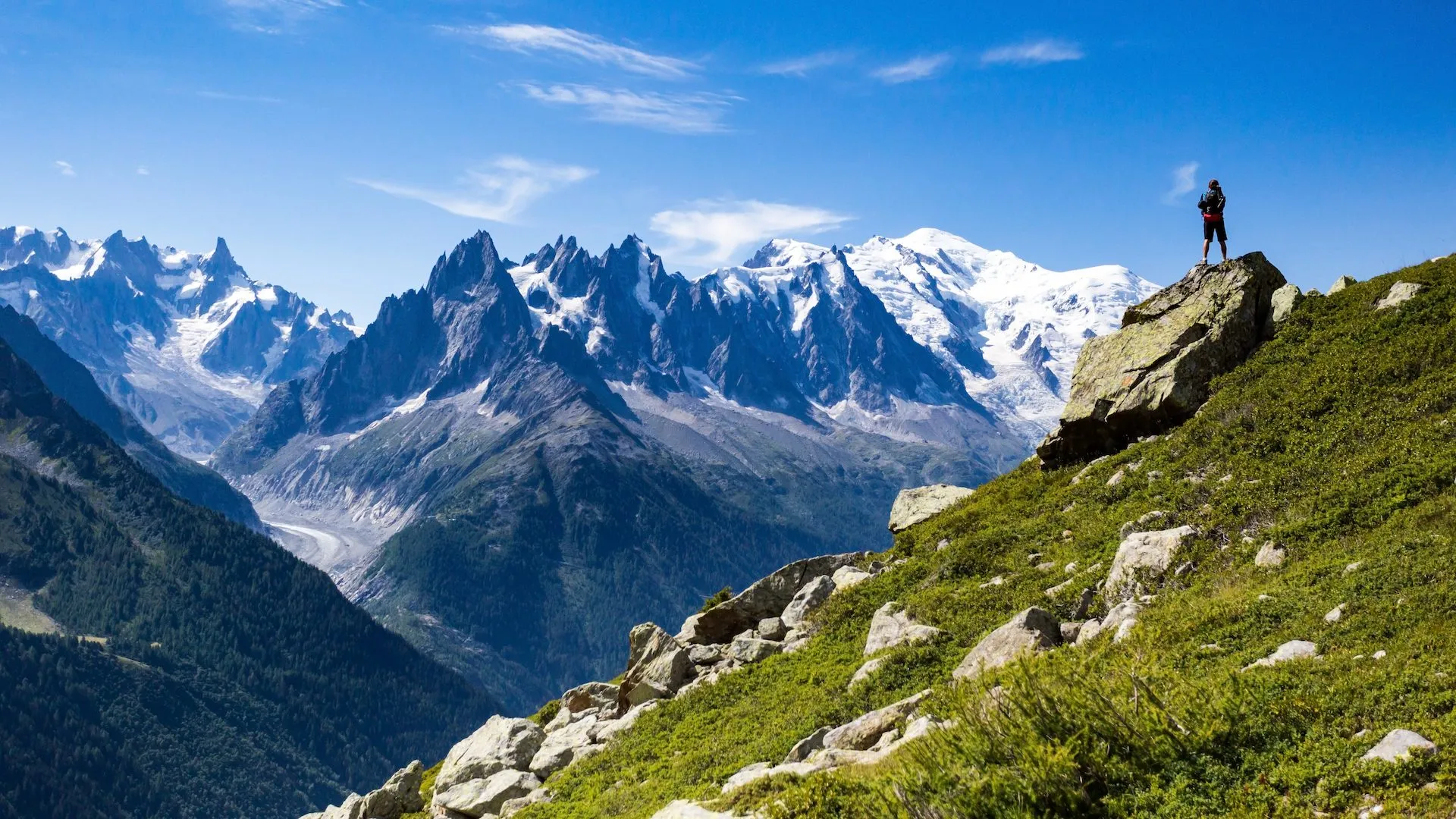
Tours Du Mont Blanc
Tour du Mont Blanc & Chamonix Treks
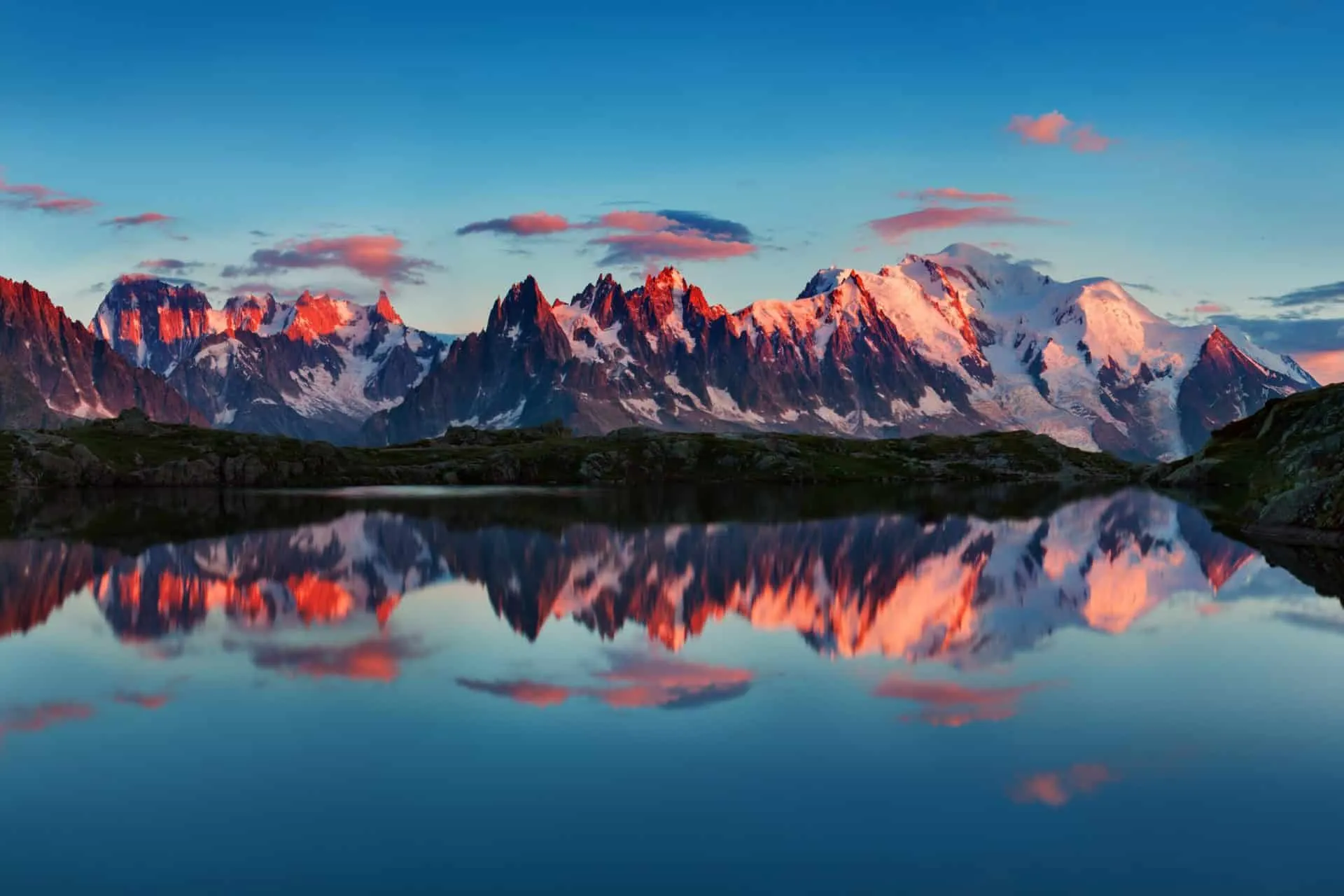
Start planning your Tour Du Mont Blanc hike!
If you love hiking and the outdoors, then chances are you’ve heard of the Tour du Mont Blanc (TMB). It’s a 170 km trekking trail leading you around Mont Blanc, the highest peak of Western Europe, passing through France, Italy, and Switzerland.
The Tour du Mont Blanc is a spectacular trek in the Alps, exploring one of the most beautiful terrains you’ll ever set foot in. Hiking along glorious glaciers, across epic mountain passes, and past towering mountains makes it hard to believe you are not dreaming.
It is one of the best multi-day hikes in Europe and a popular choice for many people wanting a hiking vacation to the Alps.
But it is also notoriously hard to plan, and that’s where we come in.
Here’s how we help you:
- Detailed self-guided itinerary with all the necessary info for a successful hike
- A GPS route + simple-to-use app for easy navigation
- Booking all your accommodations
- Breakfast and dinner at the huts
- Optional luggage transfer between hotels (not huts)
- Full 24/7 support during your trip
We provide you with all the above, so you don’t give up before even making a first step on the trail.
And what’s the first step of your planning? It’s simple — explore our classic Tour du Mont Blanc options listed above, choose the one that suits your wishes, and send us an inquiry.
If you’re still unsure, contact us, and we’ll advise you on the best solution.
A Quick Overview of How to Approach Tour du Mont Blanc
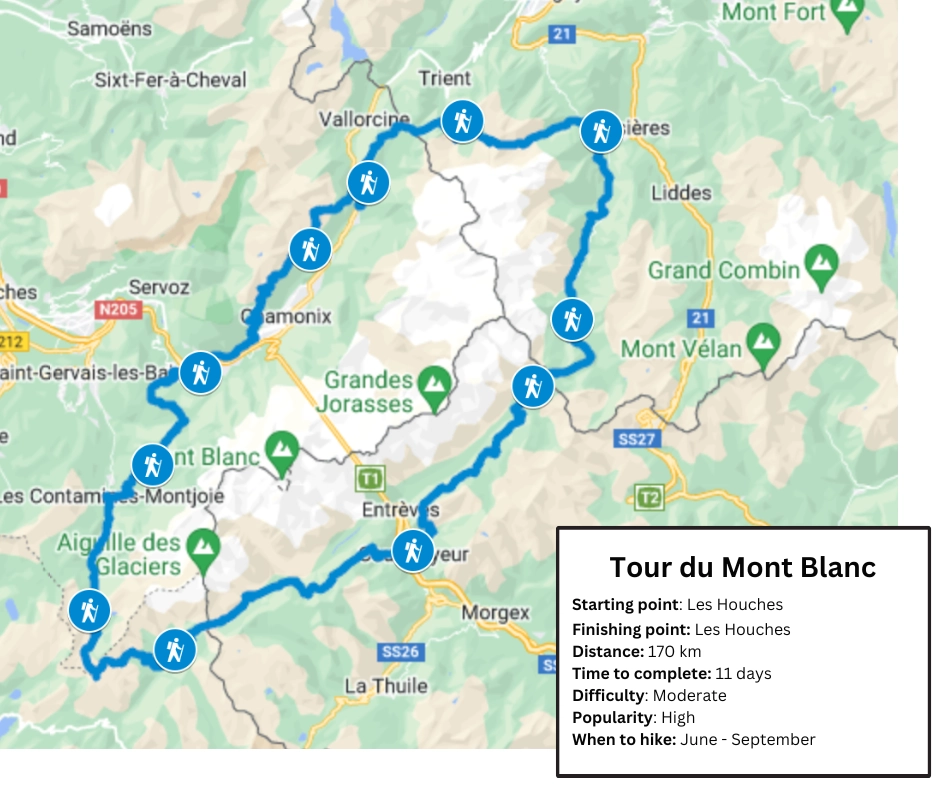
Difficulty of TMB
The Tour du Mont Blanc is not a walk in the park; it’s a demanding trek that demands good physical fitness. With over 170 kilometers in length and more than 10,000 meters of vertical gain and loss, you’ll need to be well-prepared. If you’re someone who hikes regularly — say, at least once a week with a minimum of 500 meters of elevation — you’ll find the trek challenging but manageable.
Read more about TMB’s technical and physical difficulties here.
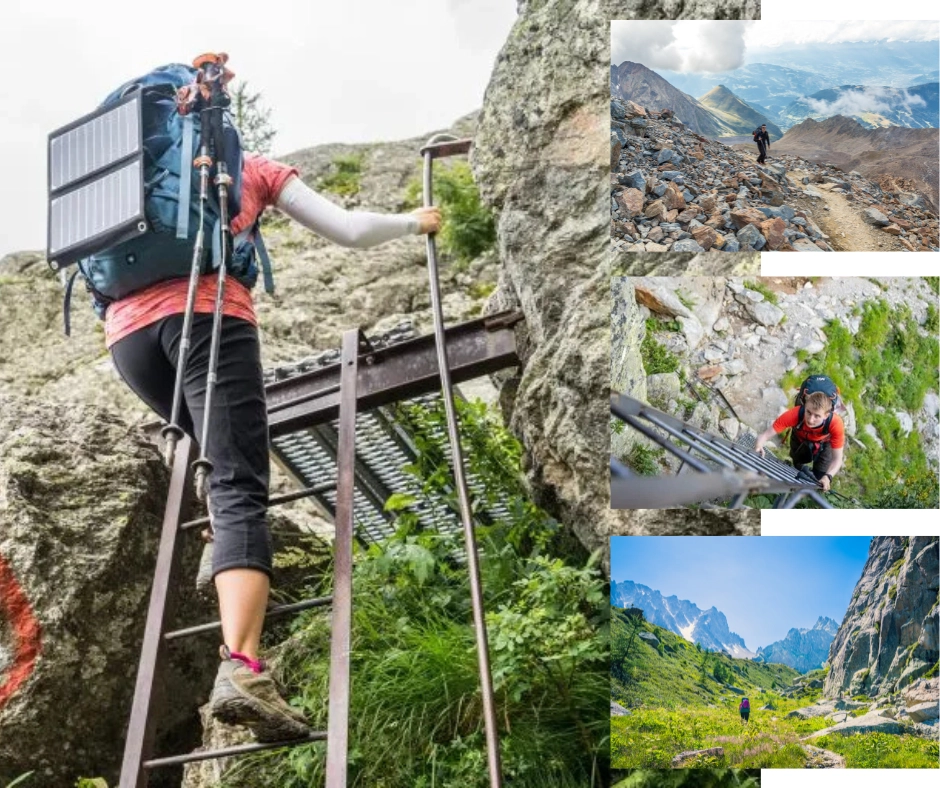
How Long Does It Take
The TMB is traditionally divided into 11 stages and takes about 11 days to complete. However, this can vary depending on your pace and the specific itinerary you choose. The trail traverses through France, Italy, and Switzerland, offering a truly international hiking experience.
Read more about where does TMB go and how long it takes here.
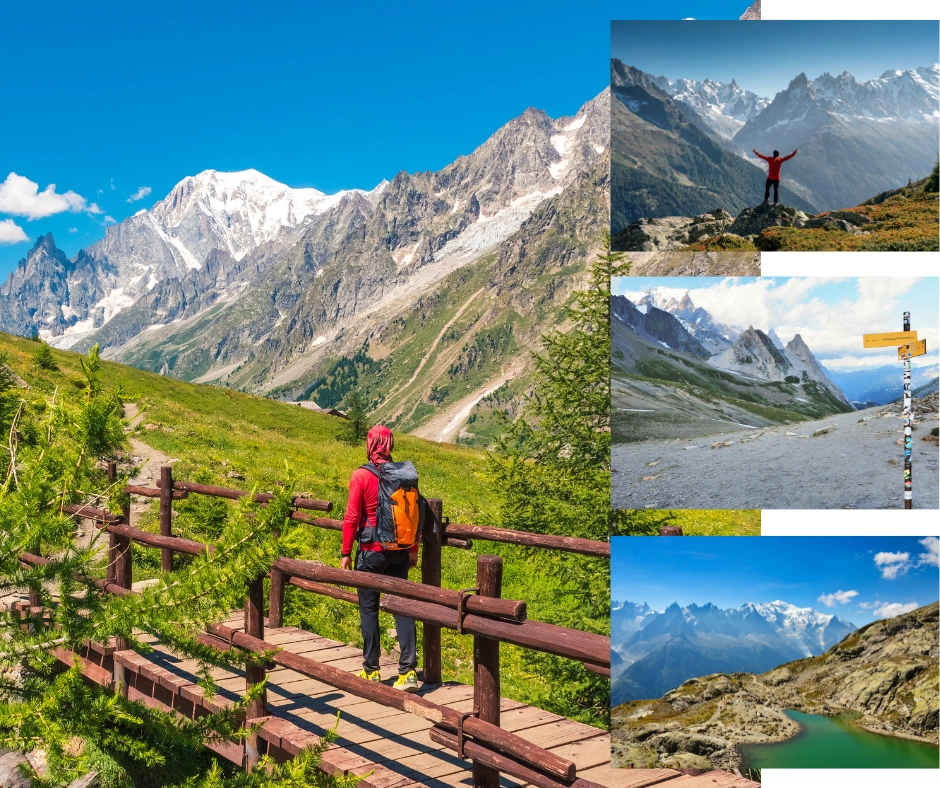
When to Go
The optimal time for this trek is between late June and early September. While it’s possible to go outside this window, you’ll risk encountering snow and other challenging conditions. The weather can be quite variable, with daytime temperatures ranging from 20°C to 30°C in the mountains, so it’s crucial to be prepared for all conditions.
Read more about when to go on the TMB here.
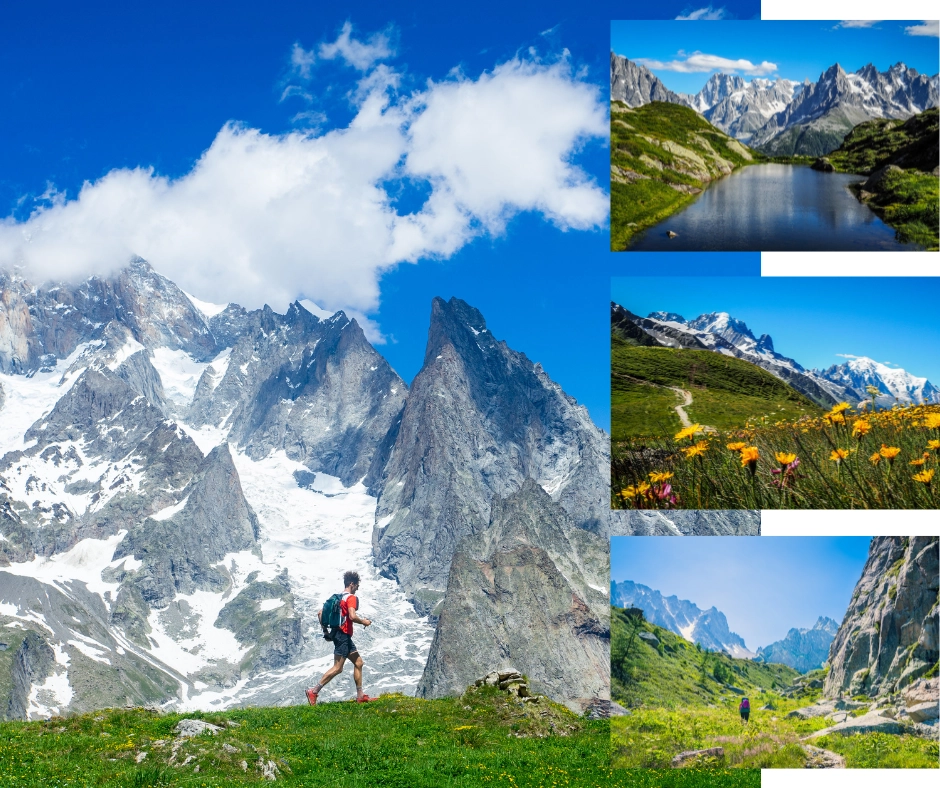
Types of Accommodations
Accommodation along the TMB is diverse, ranging from rustic mountain huts to comfortable hotels in the valleys. Mountain huts, known as refuges, offer an authentic alpine experience but tend to book up quickly. Valleys offer a wider range of options, from small family-run inns to boutique hotels. Regardless of your choice, early booking is highly recommended if not necessary.
Read more about different types of accommodations on TMB here.
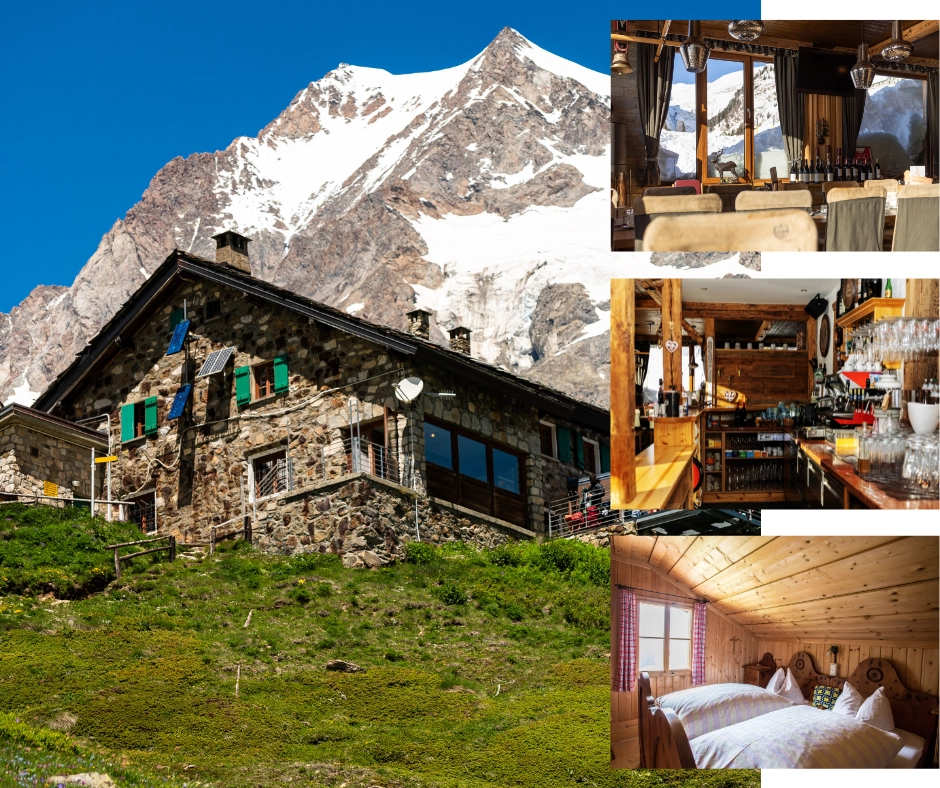
Gear and Equipment
Proper gear is essential for a successful TMB trek. The trail is often uneven and riddled with roots and rocks, requiring sturdy hiking boots and layered clothing. A waterproof and windproof jacket is a must, as weather conditions can change rapidly. While the trail is well-marked, it’s advisable to use GPS navigation so you don’t get lost.
Read more about what to pack for TMB here.
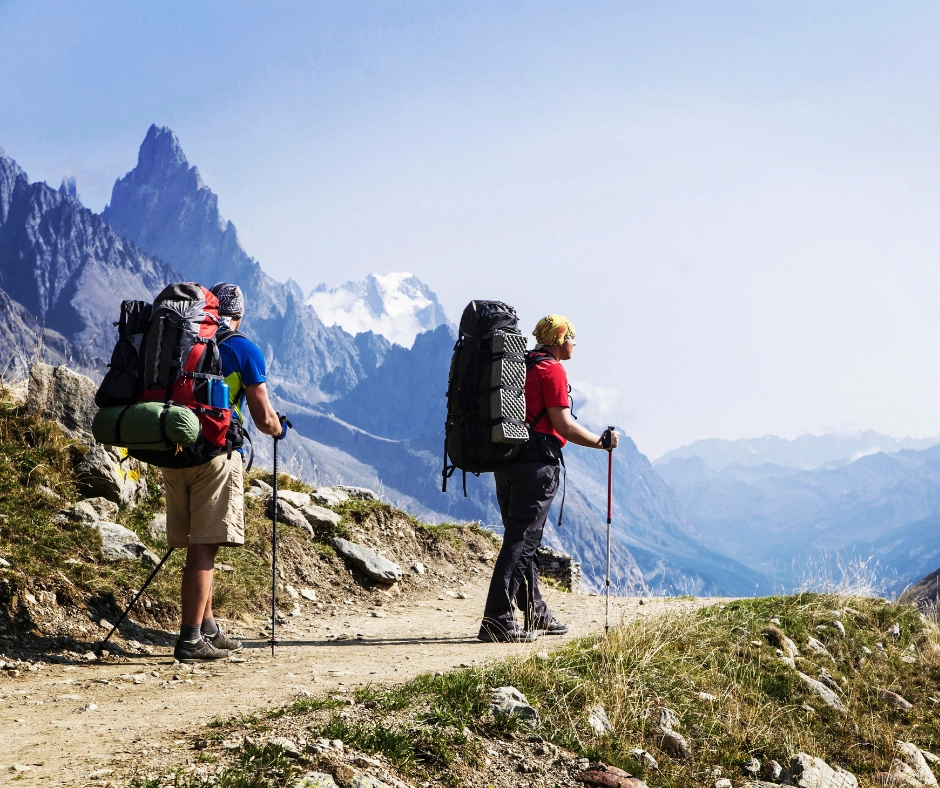
Things to See Along the Way
The TMB offers a visual feast, from the lunar-like landscapes of Aiguille Rouges to the lush valley pastures of Les Contamines. The constant backdrop of the Mont Blanc range adds to the awe-inspiring scenery. Whether glaciers, alpine meadows, or stunning mountain passes, the TMB offers something for every nature lover.
Read more about TMB’s scenery here.

5 Essential Tips for Mont Blanc Trek
- Book Refuges Early: The most popular refuges can fill up quickly. You’ll find that some even accept bookings two seasons in advance. To secure your spot, you’ll have to book your accommodations well in advance.
- Mark Your Poles: To avoid mix-ups, mark your trekking poles with a distinguishing feature. As such, you and other hikers will be able to easily identify them when you leave them along with the others in the hut.
- Bring Snacks: Pack snacks that won’t spoil easily, such as fruit tablets or other non-perishable items (chocolate might melt). Although there are several huts along the way every day, a quick snack can prevent the worst hunger and replenish your energy for strenuous climbs.
- Take Earplugs: Sleeping in refuges can be noisy due to snoring and other sounds. Earplugs can be a lifesaver in ensuring you get a good night’s sleep, especially if you are a light sleeper or have trouble falling asleep.
- Apply Sunscreen: The sun is quite harsh in the mountains due to the higher altitude. To avoid any issues connected to sun exposure, apply sunscreen regularly to protect your skin from harmful UV rays. Recently, heat waves have been rather frequent during summer.
Hassle-Free
Book with confidence
Tried & Tested Adventures
Unbeatable support
Things to know




